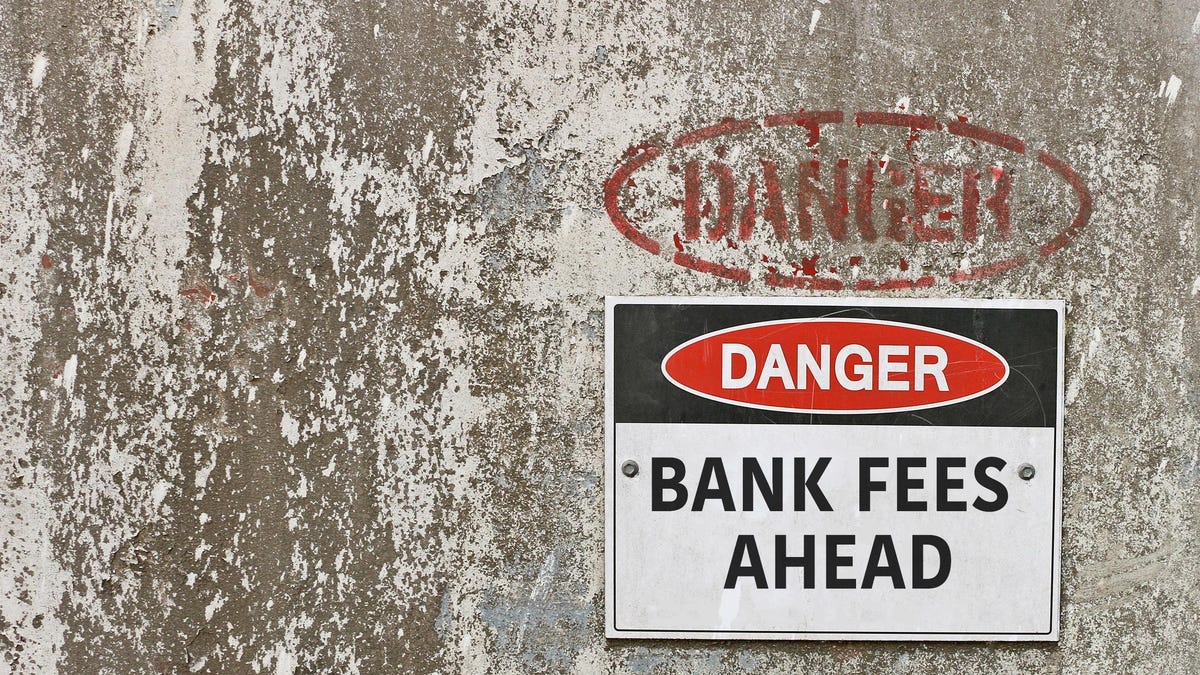[ad_1]
A new rule proposed by the Consumer Financial Protection Bureau (CFPB) Wednesday (Jan. 17) would limit overdraft fees charged on consumers’ checking accounts by big banks.
About 23 million American households pay overdraft fees every year, the agency said. The implementation of the rule would save consumers a cumulative $3.5 billion in fees, according to the CFPB.
Instead of charging between $30 and $37, as many large financial institutions currently do, the CFPB proposed that banks with over $10 billion in assets (about 175 in total) charge a benchmark fee between $3 and $14. Alternatively, it said these banks could charge an amount equal to the cost they incur due to the overdraw or could extend overdraft loans.
“Most consumers’ debit card overdrafts are for less than $26 and are repaid within three days,” CFPB Director Rohit Chopra said Tuesday.
The banking industry is expected to combat the agency’s proposal with a multi-million dollar lobbying campaign, according to the Associated Press.
What are overdraft fees?
Overdraft fees are charged to consumers’ checking accounts when they don’t have enough funds to pay what they’ve charged to a debit card and the bank pays for them. This practice of “overdraft credit” started in the 1970s on an ad hoc basis as a courtesy to bank consumers, who, at the time, used checks or withdrew cash from their accounts in person, according to the CFPB’s report detailing the proposed rule (pdf). But as systems became automated and people started using debit cards more, overdraft fees turned into a source of revenue for banks. Debit card transactions grew from 8.3 billion per year in 2004 to 47 billion in 2013 and have only increased since.
To be sure, the revenue banks earn from overdraft fees is a lot lower than it was around 2010, when the Fed adopted changes to US banking regulations. In 2009, overdraft revenue stood at about $25 billion. In 2022, it was $9.1 billion.
Why do they matter?
Most banks with over $10 billion in assets still charge between $30 and $37 per overdraft fee—and a small number of consumers bear the price. Nearly 80% of overdraft and nonsufficient funds (NSF) fees are paid by just 10% of consumers, according to research from 2017.
Low income women and people of color were overrepresented among consumers hit hard by overdraft fees, according to a December 2023 report (pdf) from the CFPB.
“Negative experiences with overdraft fees likely also discourage many consumers from wanting a bank account at all,” said the report.
Then there’s the question of who benefits from these fees. As it turns out, the biggest of big banks are getting the most from consumers in overdraft fees. Combined, Wells Fargo and JPMorgan Chase accounted for about one third of overdraft revenue collected by US banks in 2022.
“Banks call it a service—I call it exploitation,” said US president Joe Biden in a statement on Wednesday.
The war on junk fees
The CFPB said its efforts to curb overdraft fees are part of its larger effort to combat junk fees launched in 2022. US president Joe Biden has been an advocate of eliminating such fees, and the Federal Trade Commission proposed a rule to ban them altogether late last year.
[ad_2]
Source link

